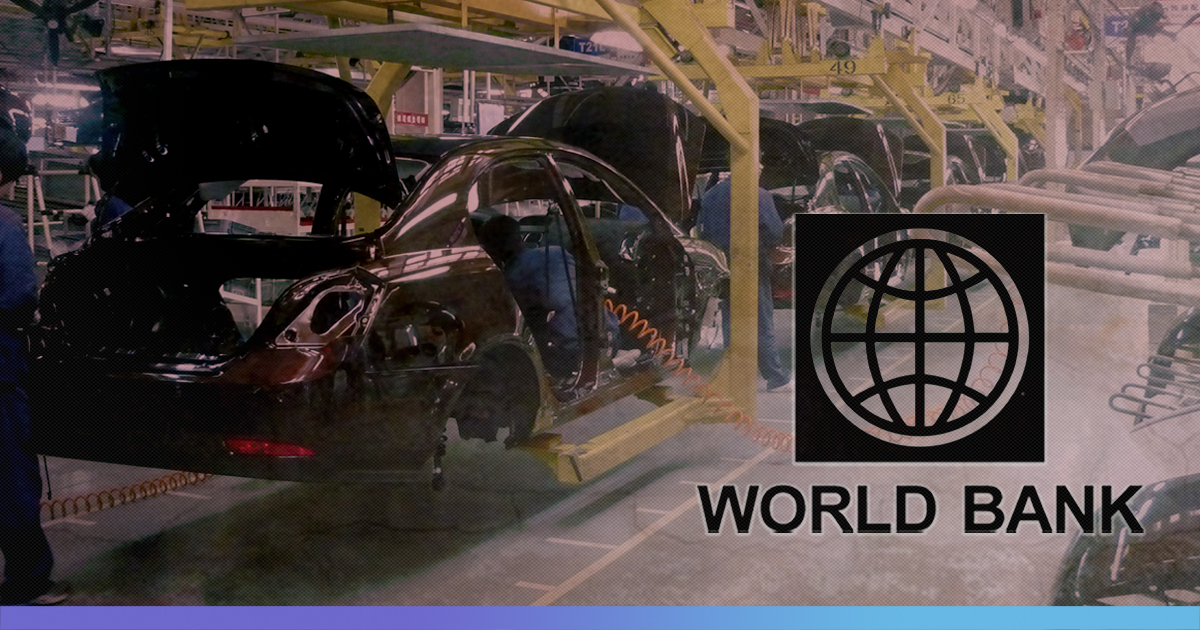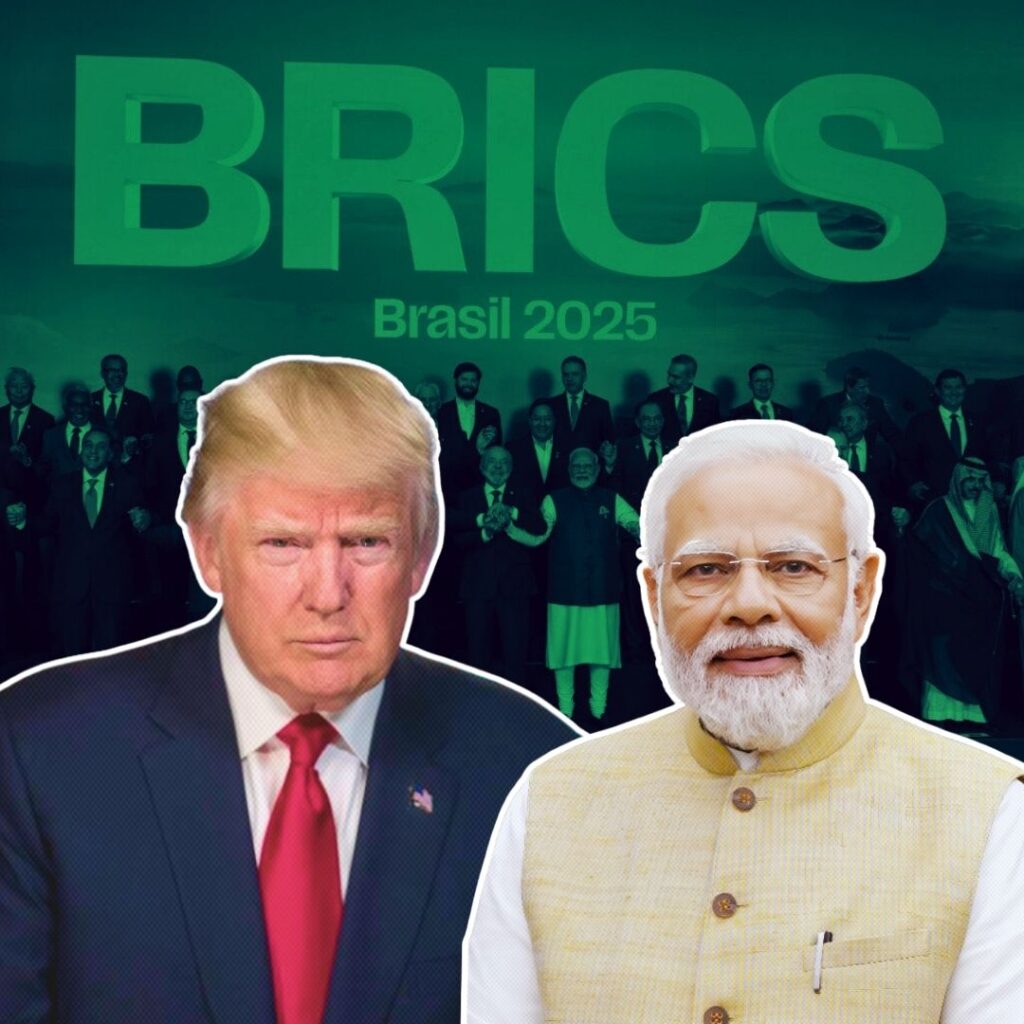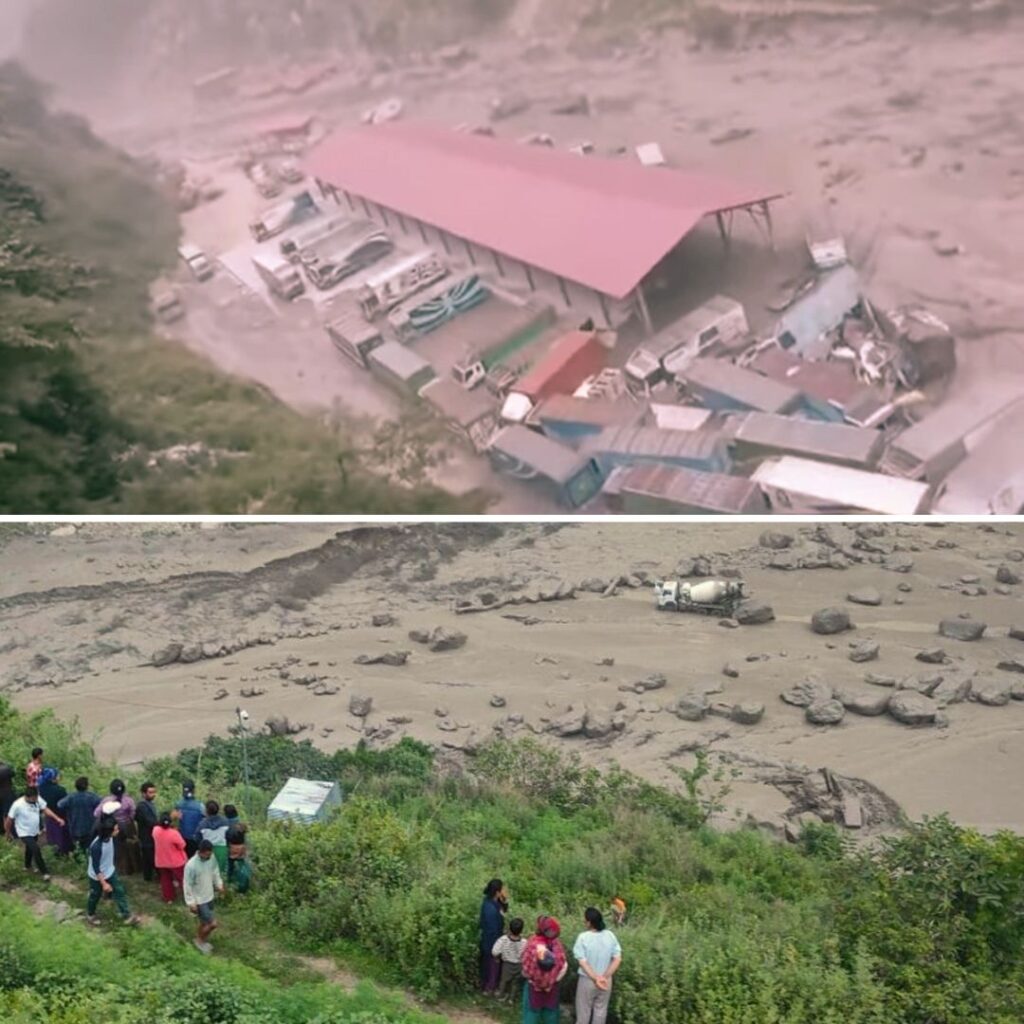The World Bank, on October 13, Sunday, slashed India’s growth rate to 6% from the earlier projected rate of 6.9%. India’s economic growth decelerated for the second consecutive year.
In 2018-19, the growth rate stood at 6.9%, down from 7.2% in the 2017-18 financial year.
However, the bank also gave some respite to India as it further added in its latest edition of the South Asia Economic Focus, that the country is expected to gradually recover to 6.9 per cent in 2021 and 7.2 per cent in 2022 as it assumed that the monetary stance would remain accommodative, given agreeable price dynamics.
The report was released ahead of the annual meeting of the World Bank with the International Monetary Fund.
Reasons For The Descending Growth Rates
The report said that in the first quarter of 2019-20, the economy experienced a significant and broad-based growth deceleration with a sharp decline in demand and private consumption. This was further pushed to the edge by the weakening of growth in services on the supply side.
“Reflecting on the below-trend economic momentum and persistently low food prices, the headline inflation averaged 3.4 per cent in 2018-19 and remained well below the RBI’s mid-range target of 4 per cent in the first half of 2019-2020. This allowed the RBI to ease monetary policy via a cumulative 135 basis point cut in the repo rate since January 2019 and shift the policy stance from “neutral” to “accommodative”, the report further added.
The current account deficit has also widened to 2.1% of the GDP from 1.8% a year before.
“The general government deficit is estimated to have widened by 0.2 percentage points to 5.9 per cent of the GDP in 2018-19. This is despite the central government improving its balance by 0.2 percentage points over the previous year. The general government debt remained stable and sustainable – being largely domestic and long term-at around 67% of GDP,” the report said.
The report analyzed that the consumption is likely to remain dismal due to slow growth in rural income, domestic demand (as reflected in a sharp drop in sales of automobiles) and credit from non-banking financial companies (NBFCs).
However, despite the slowdown and lagging economy, the World Bank sees some hope after the corporate tax cuts for domestic companies in the medium term.
“Growth is expected to gradually recover to 6.9 per cent in 2020-21 and 7.2 per cent in 2021-22 as the cycle bottoms-out, rural demand benefits from the effects of income support schemes, investment responds to tax incentives and credit growth resumes. However, exports growth is expected to remain modest, as trade wars and slow global growth depresses external demand,” the report said.
Also Read: Food Corporation Of India’s Debt Tripled To Rs 2.65 Lakh Crore In 5 Years Modi Rule











